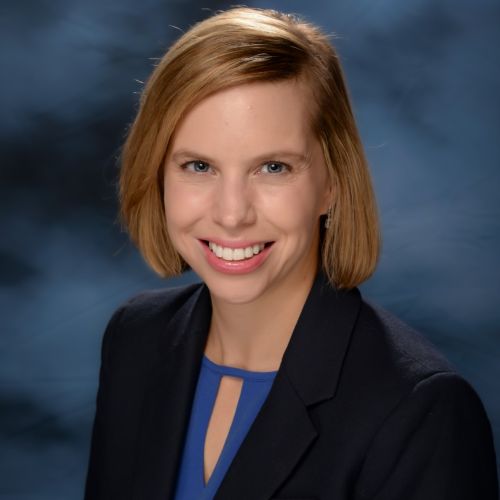The Advocate September 2022
September 01, 2022
Your AASA lobbyists live and breathe Washington headlines all day and night. Whether in our work with various coalitions—we are on the board or chair six different national coalitions—or in our individual capacities, we are constantly reading and sharing news on social media, on the AASA Advocacy app or via email.
While we are fortunate to be interviewed frequently by national news outlets and are able to share AASA’s views on policy and funding matters frequently, sometimes we actually like to be the news. And that’s what we spent the August recess trying to accomplish.
This month, AASA is releasing two new surveys touching on the most important policy and funding issues in the K-12 federal policy space: ARP funding and educator shortages. The ability to influence policy is much greater when you can point to how real people—i.e. real superintendents—who are impacted by the policy and funding decisions or indecisions in Washington D.C.
Because we have an incredible membership that is responsive to our requests for feedback and takes time to answer our emails requesting “2 minutes of their time,” we are able to generate interesting new datapoints, shift policy debates and make our own headlines and in turn, grab policymakers’ attention.
On September 1, we released the third in our series on how districts are spending ARP funding. There are a lot of takes in the media and in Washington about how districts are spending (and not spending) this unprecedented funding on both sides of the aisle, and we felt it was important to chart a clear narrative right away about what district leaders’ spending priorities are and what, if any, obstacles they are experiencing in spending this funding.
This month’s report was taken from data we collected in July from a representative sample of more than 500 AASA members across the U.S. The results show that districts’ ARP spending priorities have remained consistent from the 2021-2022 school year to the 2022-2023 school year.
Improving instructional practices, expanding learning opportunities and learning time, hiring staff and addressing the social-emotional needs of students remain a top priority of public school system leaders, regardless of state, size of district or locale. District leaders continue to report they are using ARP funding for long-term system changes that will prioritize a shift in expanding whole child supports, including social, emotional, mental, and the physical health and development of their students.
The report also details how spending on districts’ third long-term priority–renovating school facilities and improving ventilation—continues to be hampered by the lack of federal guidance on whether districts will be able to extend the timeline for these projects, which have been stymied by supply-chain issues, worker shortages and inflation. Almost half of district leaders indicate the 2024 deadline presents an obstacle to completing these critical projects.
Superintendents also predicted what areas they would be forced to cut in September 2024 when the deadline for spending ARP funding occurs. Fifty-seven percent reported they will decrease, or end summer learning and enrichment offerings currently being provided to students. Fifty-three percent reported they will have to end contracts with specialist staff, such as counselors, social workers and reading specialists, to support student needs by September 2024. Forty-four percent reported they will have to stop compensating staff for working additional hours for extended school year/day programming they offer.
Approximately half (49%) of respondents reported that a later deadline to spend ARP funding would allow them to retain recently hired staff and extend recently added programs and supports for students that are making a big difference both in learning recovery efforts and in addressing the social-emotional needs of students.
On September 8, AASA will release its second survey which attempts to gauge the pervasiveness of the staffing shortage in schools. More than 900 AASA members participated in the survey from 47 states.
The data show that three-quarters of districts are facing a vacancy rate of 0-5% of needed instructional positions at the start of the school year while almost half report a vacancy rate of 0-5% of non-instructional staff. When asked what factors are contributing to staffing vacancies, the top 5 responses from superintendents are: Not enough applicants, losing staff to other districts, staff desire for better pay (57%), departure from field entirely or via retirement, and increased politicization and burnout. When asked to compare vacancy rates at the start of this school year to the start of last school year, approximately 10% of district leaders report lower vacancy rates this year while 22% report comparable vacancy rates.
These two new surveys enable the AASA Advocacy Team to better lobby for more flexible spending deadlines for ARP and to urge Congress to allow districts more time to retain the staff districts have hired with ARP funds for as long as possible. The new educator shortage data is a critical reminder of the serious impact the pandemic has had on the teacher pipeline and the need of a significant, sustainable solution teacher and staffing shortages.
Thank you for your time to respond to our surveys and to engage in AASA advocacy. We pride ourselves on truly representing the voice and priorities of the nation’s public school superintendents, and these two surveys are just the most recent and clear examples of superintendent voices impacting education.
Stay engaged with AASA Advocacy: Download the AASA Advocacy App and follow us on Twitter at @AASAAdvocacy.



